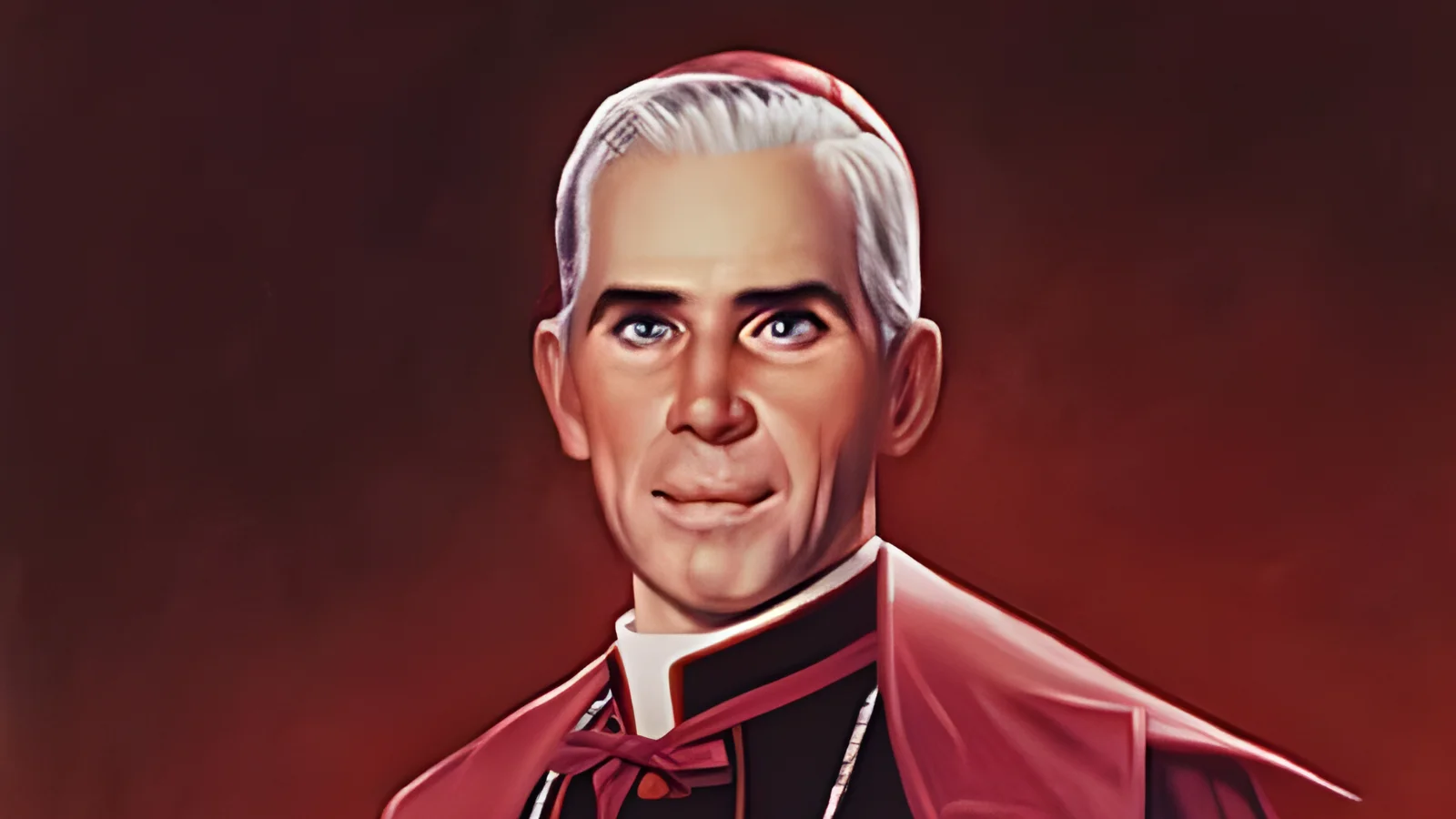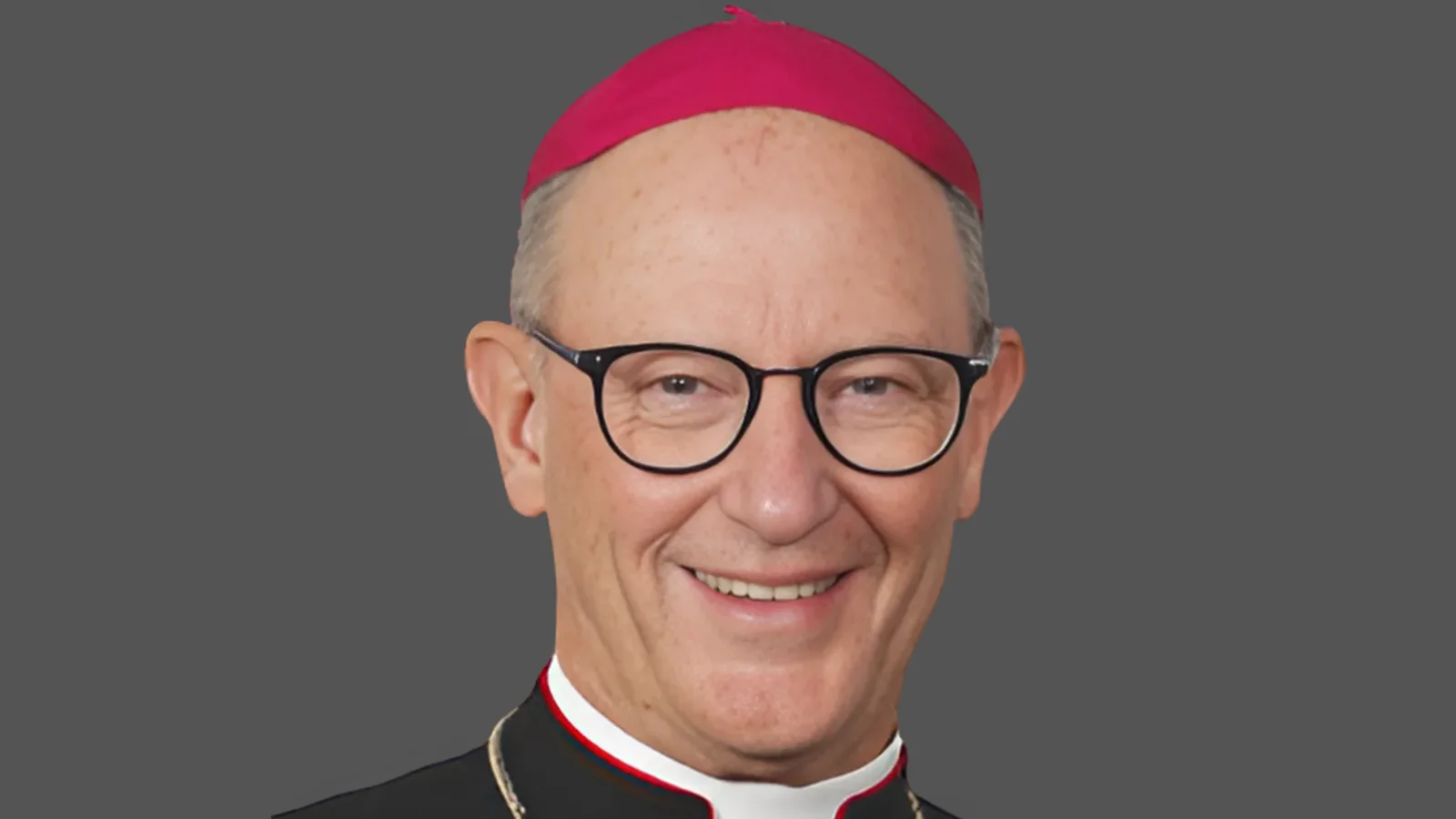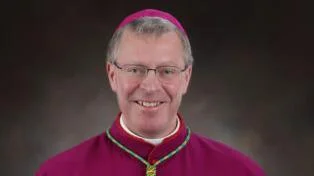
Bishop Thomas John Paprocki | Facebook
Advent, the period of preparation for Christmas in the Christian tradition, will begin this year on Sunday, November 30. The season is recognized by many Catholics through symbols such as wreaths with candles and Advent calendars, but its significance extends beyond these customs.
The season commemorates the long wait of the people of Israel for a promised Messiah. John the Baptist is noted for announcing that this awaited savior was Jesus Christ, described as “the Lamb of God who takes away the sins of the world.” Advent serves as a time for Christians to renew their anticipation not only for Christ’s birth but also for his expected return.
During Advent, individuals are encouraged to engage more deeply in prayer, reflection, reading Scripture, and participating in Church sacraments. According to the Catechism of the Catholic Church, “the goal of Advent is to make present for ourselves and our families the ‘ancient expectancy of the Messiah … by sharing in the long preparation for the Savior’s first coming.’”
The word “Advent” comes from Latin roots meaning “to come toward,” signifying arrival. The length of Advent varies each year since it begins four Sundays before Christmas; depending on how dates fall on the calendar, it can last between three weeks and a day to four full weeks.
Advent also marks the start of a new liturgical year within the Church’s calendar cycle. However, this does not coincide with January 1 on civil calendars.
One notable tradition during Advent is lighting an Advent wreath. These wreaths have been used by Catholics since at least the Middle Ages and typically feature evergreen branches with four candles—three purple and one rose-colored candle. Purple symbolizes prayer, penance, and preparation; historically linking Advent to Lent as another period focused on spiritual readiness. The rose candle is lit on Gaudete Sunday—the third Sunday—when priests also wear rose vestments to signify joy at reaching Advent’s midpoint.
“The progressive lighting of the candles represents the expectation and hope surrounding Our Lord’s coming into the world and the anticipation of His second coming to judge the living and the dead,” according to Church teaching.
While singing Christmas songs during Advent is not discouraged, there are specific hymns associated with this season such as O Come O Come Emmanuel and Hark! A Thrilling Voice is Sounding.
The origins of some Advent customs trace back further than Christianity itself. For example, Germanic peoples lit candle wreaths during winter before adopting Christian symbolism; missionaries later adapted these practices to teach about preparing spiritually for Christ’s birth.
The circle shape of an Advent wreath has no beginning or end—a reminder that God’s love is eternal—and its green color stands for hope and life among believers.
Traditionally, families bless their own Advent wreaths at home either on or before the first Sunday of Advent. This act may be performed by any family member.





 Alerts Sign-up
Alerts Sign-up